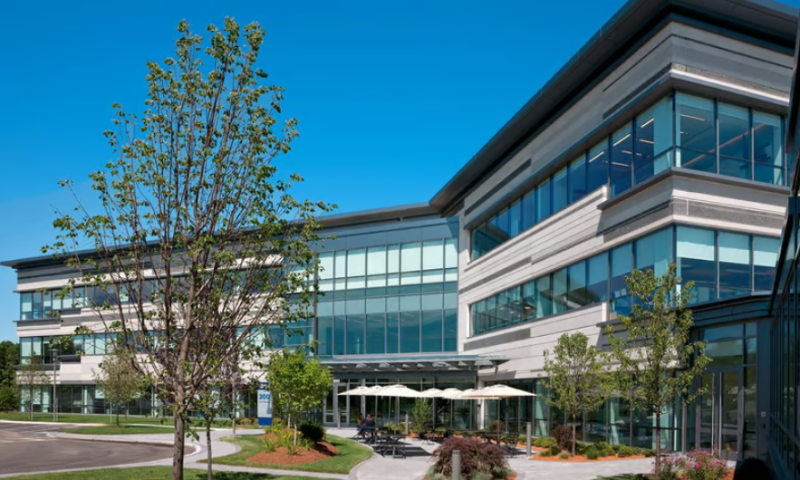Deep brain stimulation has been proven to be an effective treatment for reducing the movement-related symptoms of Parkinson’s disease—and Boston Scientific is aiming to up those efficacy levels even further.
The medtech giant announced Tuesday that it has secured FDA approval for the latest iteration of its Vercise Neural Navigator software, which is meant to be used alongside its Vercise deep brain stimulation devices for Parkinson’s and essential tremor.
The Neural Navigator software is used to program the deep brain stimulation systems; the newly approved fifth-generation version of the software is specifically indicated for use with Boston Scientific’s Vercise Genus devices. Doctors can use Neural Navigator to configure the devices’ leads and test and set their stimulation settings.
Neural Navigator 5, specifically, features an “enhanced user interface,” according to its maker—one that simplifies how patients’ data are displayed and expands the available neurostimulation therapy settings, allowing the deep brain stimulation devices to more effectively treat a wider range of patient needs.
The Neural Navigator 5 system also integrates with Boston Scientific’s Stimview XT technology, which provides 3D images of each patient’s anatomy to help guide the placement of the Vercise Genus deep brain stimulation systems.
When used in tandem, the Neural Navigator and Stimview technologies have been shown to reduce the amount of time it takes to program deep brain stimulation settings by about half, according to Boston Scientific.
Beyond speeding up the process of adjusting and programming the neurostimulation therapy, the image-guided approach is also meant to help doctors place deep brain stimulation leads more precisely and with fewer side effects, Mustafa Saad Siddiqui, M.D., medical director of the deep brain stimulation program at Atrium Health Wake Forest Baptist, said in this week’s announcement.
“Developing meaningful tools to help physicians provide personalized treatments for their patients delivers on our promise to advance our technologies for people living with neurological conditions,” said Jim Cassidy, president of Boston Scientific’s neuromodulation business. “Providing effective DBS therapy is complex and can be time-consuming. This software will help streamline the process and allow for more doctor-patient interaction time.”
The Stimview XT technology received its own FDA authorization just last year. Boston Scientific announced the U.S. clearance in April 2022, more than two years after the software had earned CE mark clearance in Europe at the end of 2019.
The clearance came after Boston Scientific published a study of the tech, spanning 10 patients who had deep brain stimulation systems placed and programmed using both the Stimview XT system and standard clinical methods. The researchers found that doctors were able to adjust neurostim settings within just 20 minutes using the 3D image-guided approach, marking a reduction of about 56% compared to the standard methods.

